
Asclepias curassavica - Plant
(MRP Inclusive of all taxes)
- Shipping ₹79 for entire order
- Dispatch in 7 days
- Country of origin: India

(MRP Inclusive of all taxes)
 Save 29%
Save 29%
Air Purifier Money Plant with Pot The Air Purifier Money Plant, also known as Pothos or Epipremnum aureum, is a stunning indoor plant that...
View full details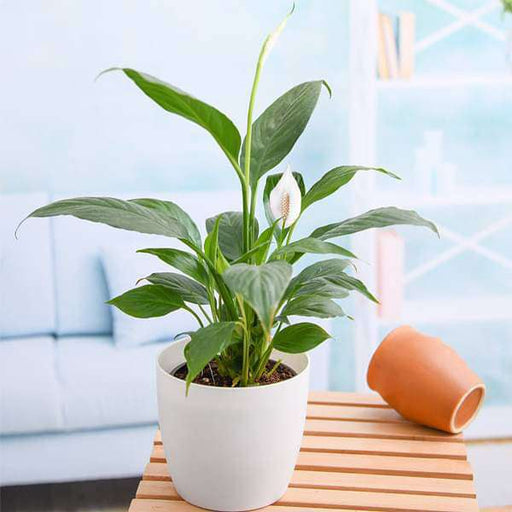
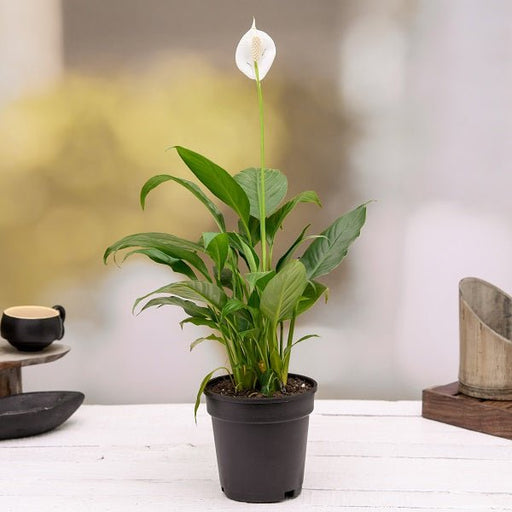 Save up to 15%
Save up to 15%
Peace Lily, Spathiphyllum - Plant The Peace Lily, scientifically known as Spathiphyllum, is a stunning houseplant celebrated for its elegant white...
View full details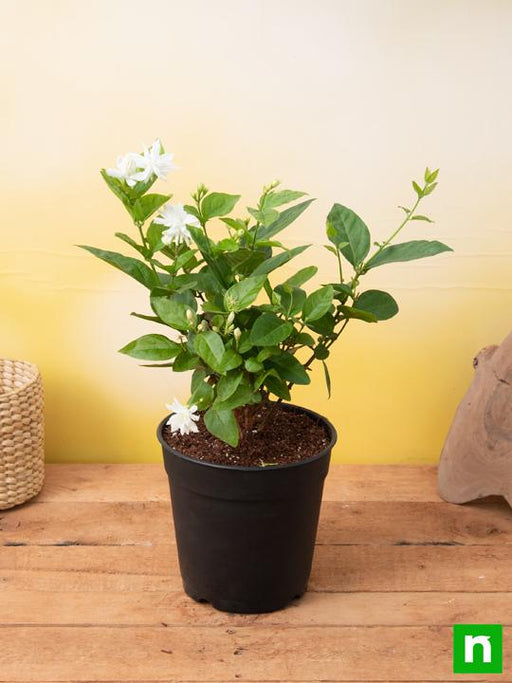
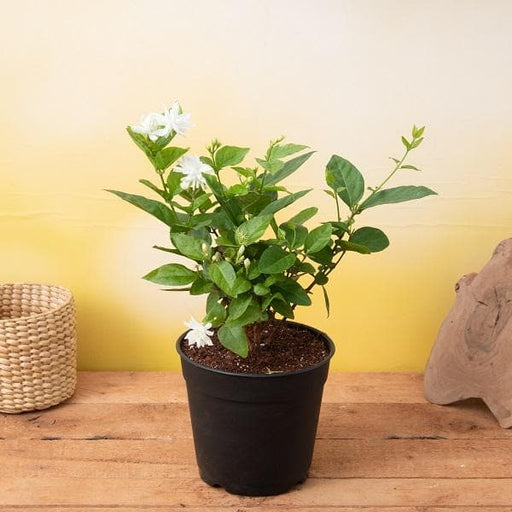 Save 25%
Save 25%
Jasminum sambac, Mogra, Arabian Jasmine - Plant Jasminum sambac, commonly known as Mogra or Arabian Jasmine, is a fragrant flowering plant...
View full details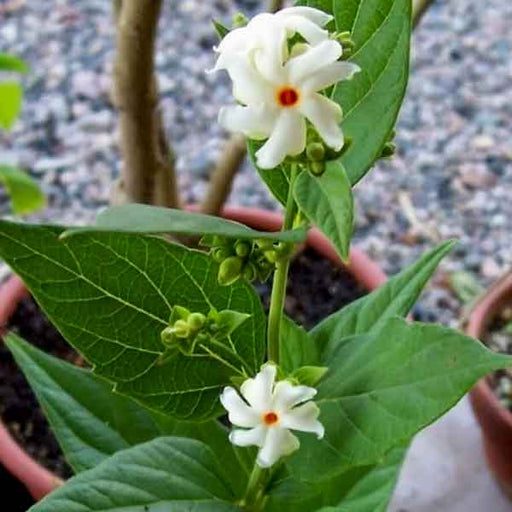
 Save 18%
Save 18%
Combo Constituents Includes the Parijat Tree (Night-Flowering Jasmine), a culturally significant plant with fragrant flowers. Description The Pari...
View full details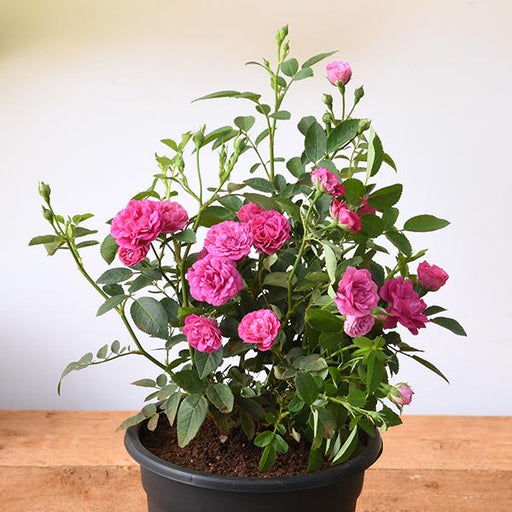
 Save 25%
Save 25%
Miniature Rose, Button Rose (Any Color) - Plant The Miniature Rose, also known as the Button Rose, is a charming and compact flowering plant that ...
View full details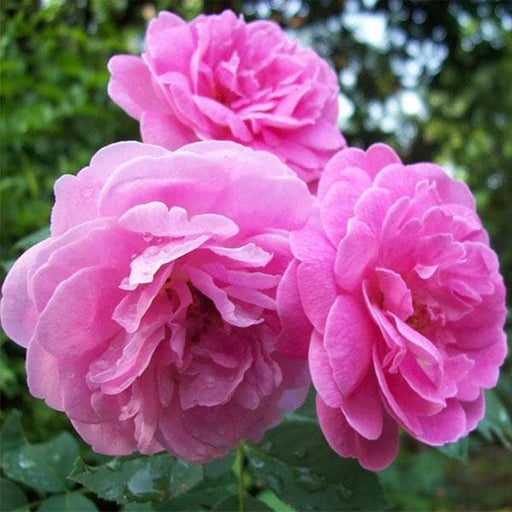 Save 25%
Save 25%
Damascus Rose, Scented Rose (Any Color) - Plant The Damascus Rose, also known as Rosa damascena, is a timeless symbol of beauty and romanc...
View full details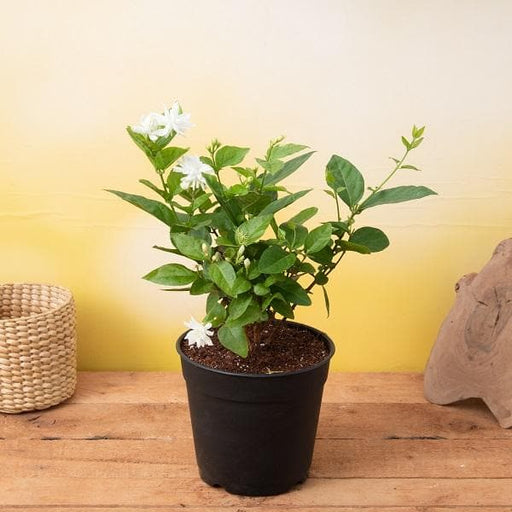
 Save 17%
Save 17%
Beautiful Fragrant Mogra, Arabian Jasmine Plant with Pot The Beautiful Fragrant Mogra, also known as Arabian Jasmine (Jasminum sambac), is...
View full details Save 15%
Save 15%
Pack of Vermicompost and Neem Cake for House Plants Transform your indoor garden with our premium Pack of Vermicompost and Neem Cake, spec...
View full details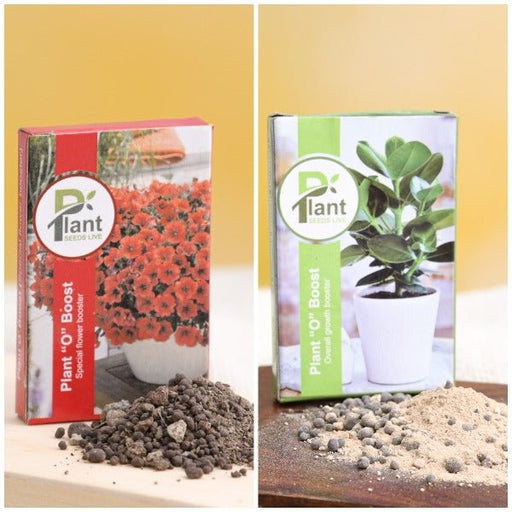
Pack of Plant Growth and Flower Boosters Unlock the full potential of your garden with our Pack of Plant Growth and Flower Boosters! This ...
View full details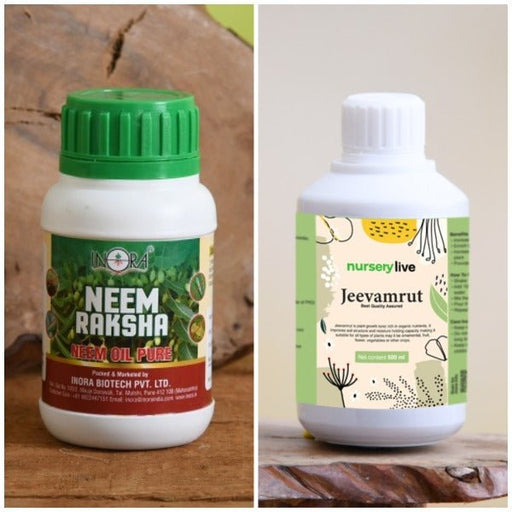 Save 38%
Save 38%
Combo of Jeevamrut and Neem Raksha for Easy Growth and Protection of Houseplants Transform your indoor garden with our exclusive combo of ...
View full details Save 22%
Save 22%
Plant Nutrients Kit (Pack of 16) for a Healthy Garden Transform your garden into a lush paradise with our Plant Nutrients Kit, featuring 1...
View full details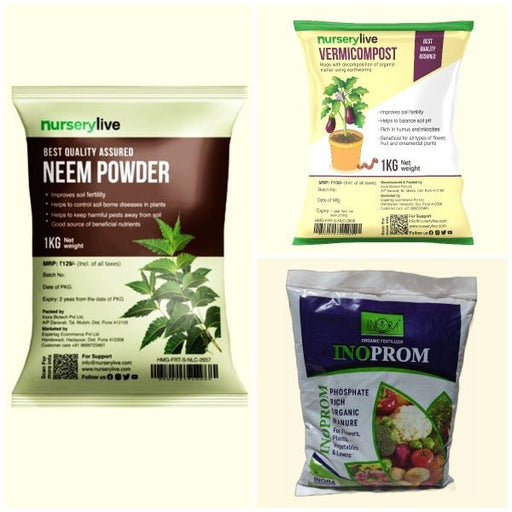 Save 16%
Save 16%
Combo of Top Plant Fertilizers Elevate your gardening game with our exclusive Combo of Top Plant Fertilizers, featuring two bags of premiu...
View full details Save 24%
Save 24%
Pack of 4 Additives to Make Soil Healthy and Nutrient Rich Transform your garden into a thriving ecosystem with our Pack of 4 Additives de...
View full details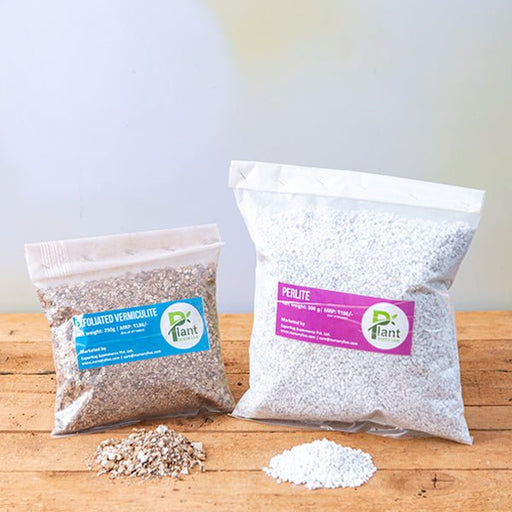 Save 30%
Save 30%
Transform your gardening experience with our premium Combo of Perlite and Vermiculite. This unique blend is designed to enhance soil aeration and ...
View full details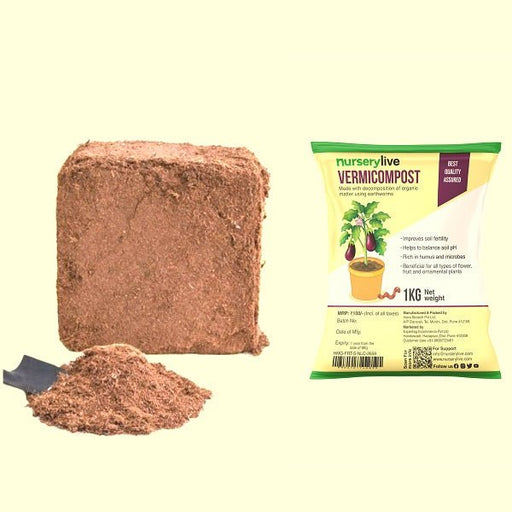 Save 27%
Save 27%
Combo of 2 Vermicompost and Cocopeat - Enrich Your Soil Naturally! Transform your garden into a thriving ecosystem with our Combo of 2 Ver...
View full details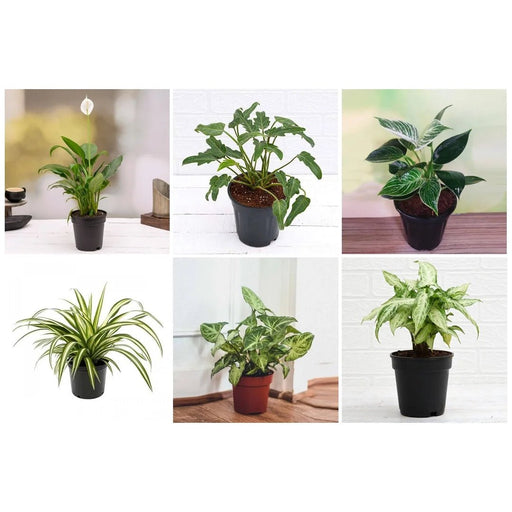
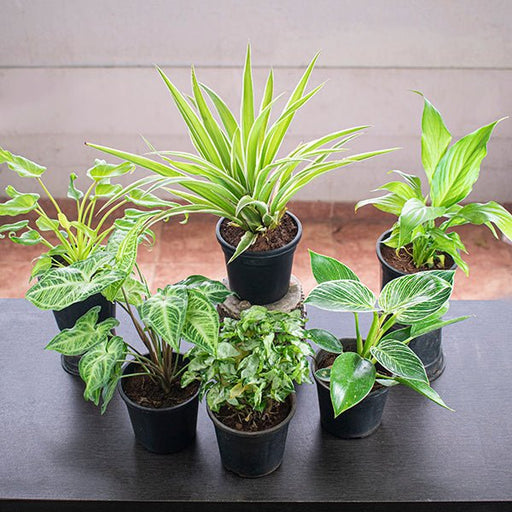 Save 35%
Save 35%
Best 6 Plants for Perfect Indoor Garden Transform your living space into a lush oasis with our curated collection of the Best 6 Plants for a...
View full details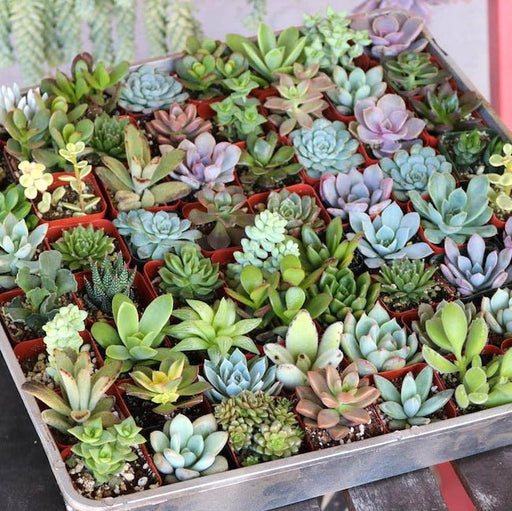
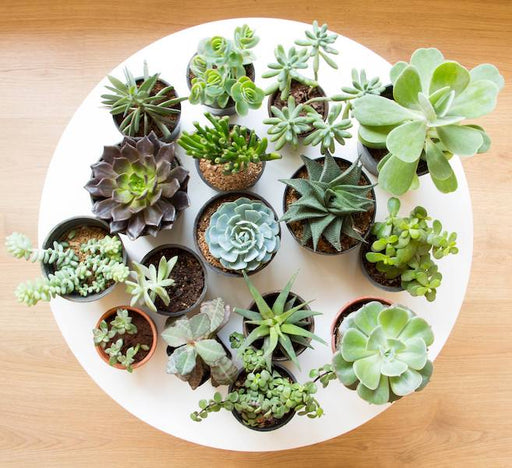 Save up to 50%
Save up to 50%
Mini Succulent Garden Pack Transform your space with our Mini Succulent Garden Pack, featuring a delightful collection of 4 any variety beautiful s...
View full details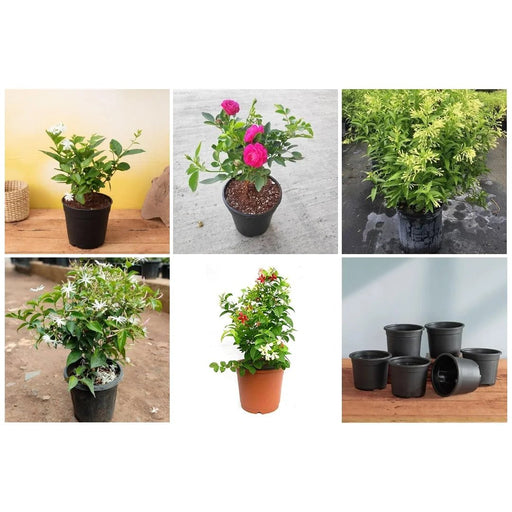
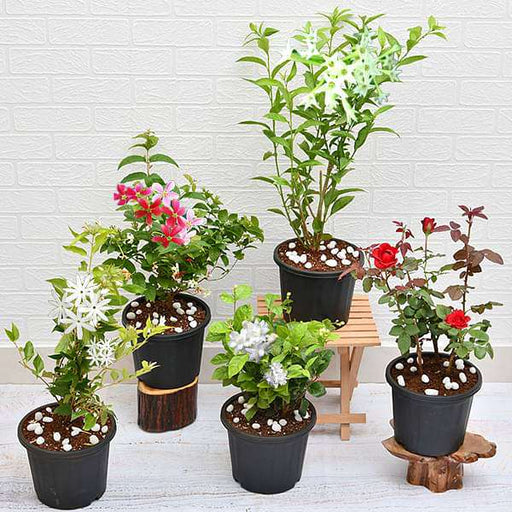 Save 30%
Save 30%
5 Best Fragrant Plants Transform your garden or indoor space into a fragrant paradise with our curated selection of the 5 Best Fragrant Plants. Th...
View full details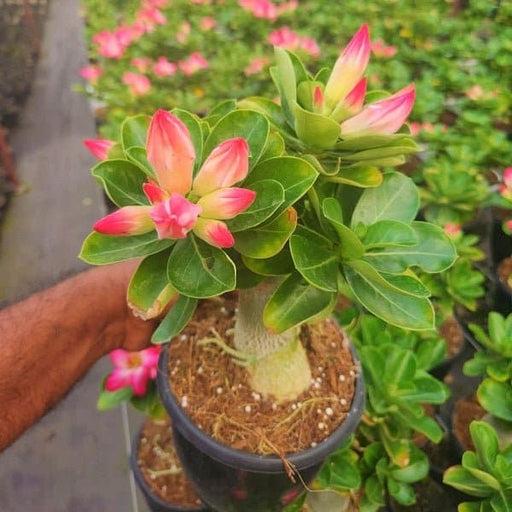
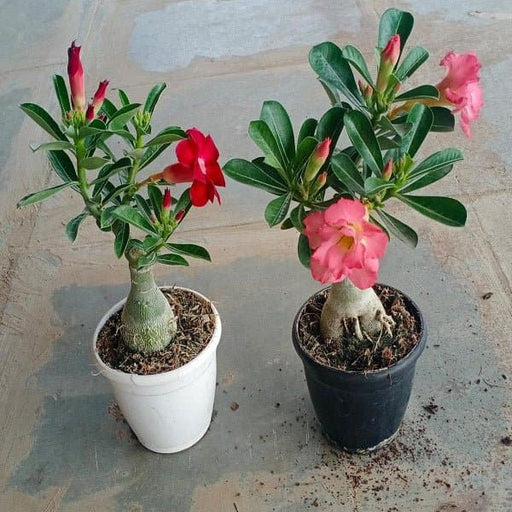 Save 24%
Save 24%
Set of 2 Bonsai Looking Grafted Adeniums Transform your indoor or outdoor space with our exquisite Set of 2 Bonsai Looking Grafted Adenium...
View full details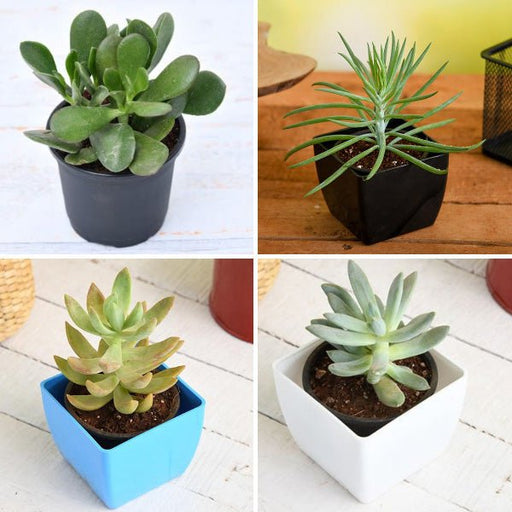 Save 45%
Save 45%
Top 4 Die Hard Succulents Pack Transform your indoor or outdoor space with our Top 4 Die Hard Succulents Pack, featuring a curated selecti...
View full details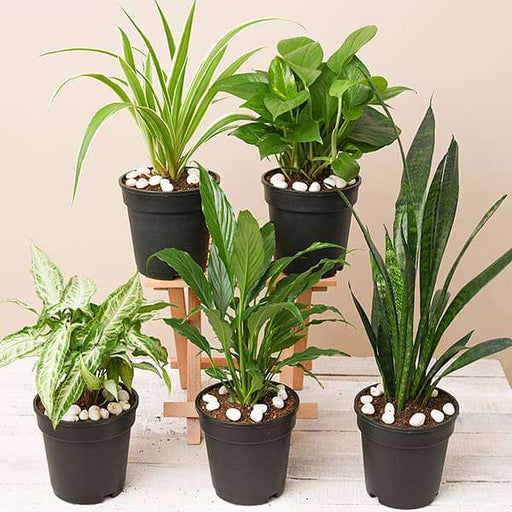
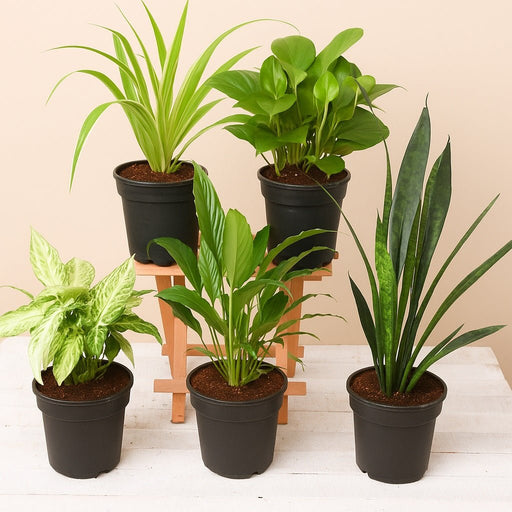 Save 30%
Save 30%
5 Best Indoor Plants Pack Transform your living space into a lush oasis with our '5 Best Indoor Plants Pack.' This carefully curated collection fe...
View full details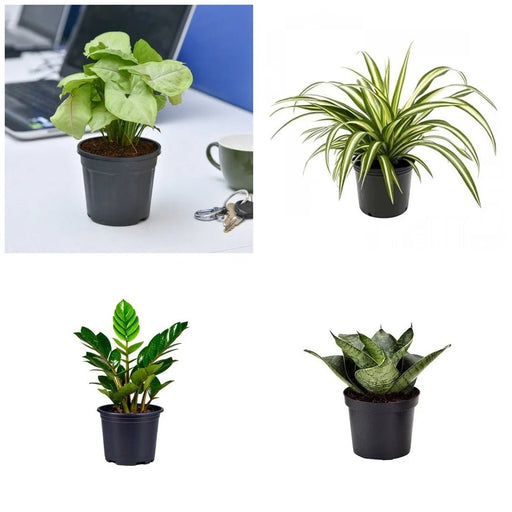
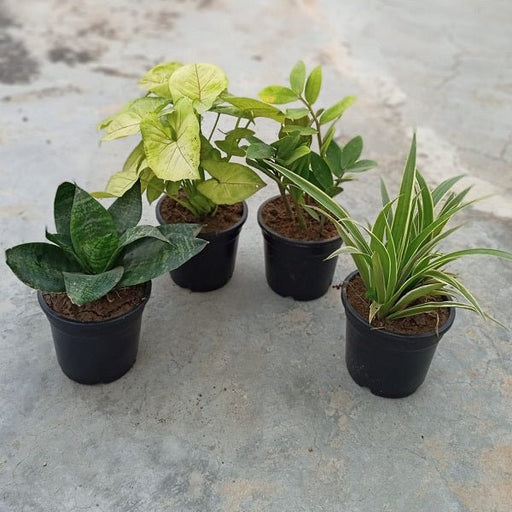 Save 25%
Save 25%
Set of 4 Evergreen Air Purifier Plant Pack Transform your indoor space into a lush, green oasis with our Set of 4 Evergreen Air Purifier Pla...
View full details| SrNo | Item Name |
|---|---|
| 1 | Asclepias curassavica - Plant |
Asclepias curassavica, commonly known as Tropical Milkweed, is a vibrant perennial plant native to the Americas. Renowned for its striking clusters of orange and yellow flowers, this plant not only adds a splash of color to gardens but also serves as a crucial habitat for monarch butterflies. Its nectar-rich blooms attract a variety of pollinators, making it an essential addition to any eco-friendly garden.
What makes Asclepias curassavica special is its role in supporting the lifecycle of monarch butterflies. As a host plant, it provides a safe environment for caterpillars to thrive, contributing to the conservation of this iconic species. Additionally, its drought-tolerant nature makes it an excellent choice for sustainable gardening.
This plant's special feature lies in its ability to bloom continuously from spring to frost, ensuring a long-lasting display of color. Its resilience in various soil types and conditions further enhances its appeal for gardeners looking to create a low-maintenance yet beautiful landscape.
This vibrant plant, also known as tropical milkweed, is not just a pretty face. It’s a superhero for pollinators, attracting butterflies like a magnet. With its bright orange and yellow flowers, it’s like throwing a party for Monarchs. Plus, it’s a hardy plant that can thrive in various conditions, making it a low-maintenance addition to your garden. Who knew being eco-friendly could look so good?
Caring for Asclepias curassavica is like having a pet rock—easy and low-key. Just plant it in well-drained soil, give it a sunny spot, and watch it flourish. Water it occasionally, but don’t drown it; this plant prefers to keep its roots dry. With minimal fuss, you’ll have a garden that’s the envy of your neighbors, all while supporting local wildlife.
Want to multiply your Asclepias curassavica like rabbits? Propagation is a breeze! You can do it through seeds or cuttings. Just snip a healthy stem, let it callous over, and pop it in some soil. Before you know it, you’ll have a mini jungle of tropical milkweed. It’s like cloning, but without the sci-fi drama!
This plant isn’t just a pretty bloom; it’s a multitasker! Use it in butterfly gardens, as a natural border, or even in containers for a pop of color. Its leaves can be a food source for caterpillars, while the flowers provide nectar for bees and butterflies. Talk about a plant that knows how to throw a shindig!
While Asclepias curassavica is a delight for butterflies, it’s a no-go for pets. The sap can be toxic if ingested, so keep your furry friends at bay. Think of it as a plant with a “no pets allowed” sign. It’s all about keeping the party safe for the butterflies while ensuring your pets stick to their kibble.
This plant is a bit of a diva when it comes to soil. It prefers well-draining, sandy or loamy soil, so make sure it doesn’t sit in water like a soggy sponge. A little organic matter can go a long way, but don’t overdo it. It’s all about balance—just like a good cocktail!
If Asclepias curassavica were a person, it would be the sunbather at the beach. This plant craves full sun, so give it at least six hours of direct sunlight daily. It’s not a fan of shade, so don’t even think about putting it under a tree. Let it soak up those rays and watch it thrive!
While this plant is a butterfly magnet, it can attract some unwanted guests. Aphids and spider mites might try to crash the party, but fear not! A gentle spray of water or a natural insecticidal soap can send them packing. Keep your Asclepias curassavica pest-free and let the butterflies enjoy their stay.
Get ready for a floral fiesta! Asclepias curassavica typically blooms from late spring to fall, providing a continuous show of color. These flowers are not just eye candy; they’re a buffet for pollinators. So, mark your calendars and prepare for a season of fluttering wings and vibrant blooms!
Pairing Asclepias curassavica with the right companions can elevate your garden game. Think of it as a buddy system for plants! Consider adding lantana or salvia for a colorful contrast. These companions not only look good together but also attract even more pollinators. It’s a win-win for your garden!
This plant is like the ultimate globetrotter, thriving in various climates. Whether you’re in a tropical paradise or a more temperate zone, Asclepias curassavica can adapt. Just make sure to protect it from frost, and it’ll reward you with stunning blooms. It’s the plant that says, “I can go anywhere!”
Asclepias curassavica, also known as tropical milkweed, is a vibrant perennial plant that loves to flaunt its orange and yellow flowers. It’s a butterfly magnet, attracting monarchs like a moth to a flame. Just be careful; it’s not just pretty—its sap can be toxic if ingested. So, admire from a distance!
Caring for Asclepias curassavica is like hosting a party for butterflies. Provide well-drained soil, full sun, and moderate watering. It thrives in warm climates, so don’t let it freeze its little petals off. Prune it back in the fall, and it’ll reward you with a stunning show next season.
Asclepias curassavica loves to strut its stuff in sunny spots with well-drained soil. Think of it as the diva of your garden—no shade, please! It’s perfect for borders, butterfly gardens, or even in pots if you want to keep it close. Just ensure it has room to spread its wings!
While Asclepias curassavica can spread like gossip in a small town, it’s not considered invasive everywhere. In some regions, it can take over, so keep an eye on it. Regular pruning can help keep it in check, ensuring it doesn’t crash the party uninvited.
Watering Asclepias curassavica is like giving it a refreshing drink after a long dance. It prefers moderate watering—let the soil dry out between drinks. Too much water, and it might just drown its sorrows. Aim for once a week, adjusting based on the weather.
Asclepias curassavica is a show-off, blooming from late spring to fall. It’s like the garden’s version of a summer blockbuster, drawing in butterflies and bees for the grand premiere. Keep it happy with sunlight and water, and it’ll keep the floral fiesta going for months!
Growing Asclepias curassavica indoors is like trying to keep a wild party in a small apartment. It can be done, but it needs plenty of sunlight and space. A sunny window will do, but be prepared for some serious leaf drama. Just remember, it loves to stretch out!
Asclepias curassavica is a bit of a drama queen when it comes to pets. Its sap can be toxic if ingested, so keep your furry friends at bay. If they decide to munch on it, a trip to the vet might be in order. Better safe than sorry!
Propagating Asclepias curassavica is like starting a butterfly empire. You can do it through seeds or cuttings. Seeds can be sown directly in the garden or started indoors. For cuttings, take a healthy stem, let it root in water, and watch your garden grow!
Asclepias curassavica can attract a few uninvited guests, like aphids and spider mites. But don’t worry; they’re not the end of the world. A gentle spray of water or insecticidal soap can send them packing. Just remember, a healthy plant is less likely to throw a pest party!
Asclepias curassavica has a bit of a rebellious streak—it can handle drought better than most. Once established, it can survive on minimal water, making it a great choice for those forgetful gardeners. Just don’t let it get too thirsty; it still appreciates a good drink now and then!